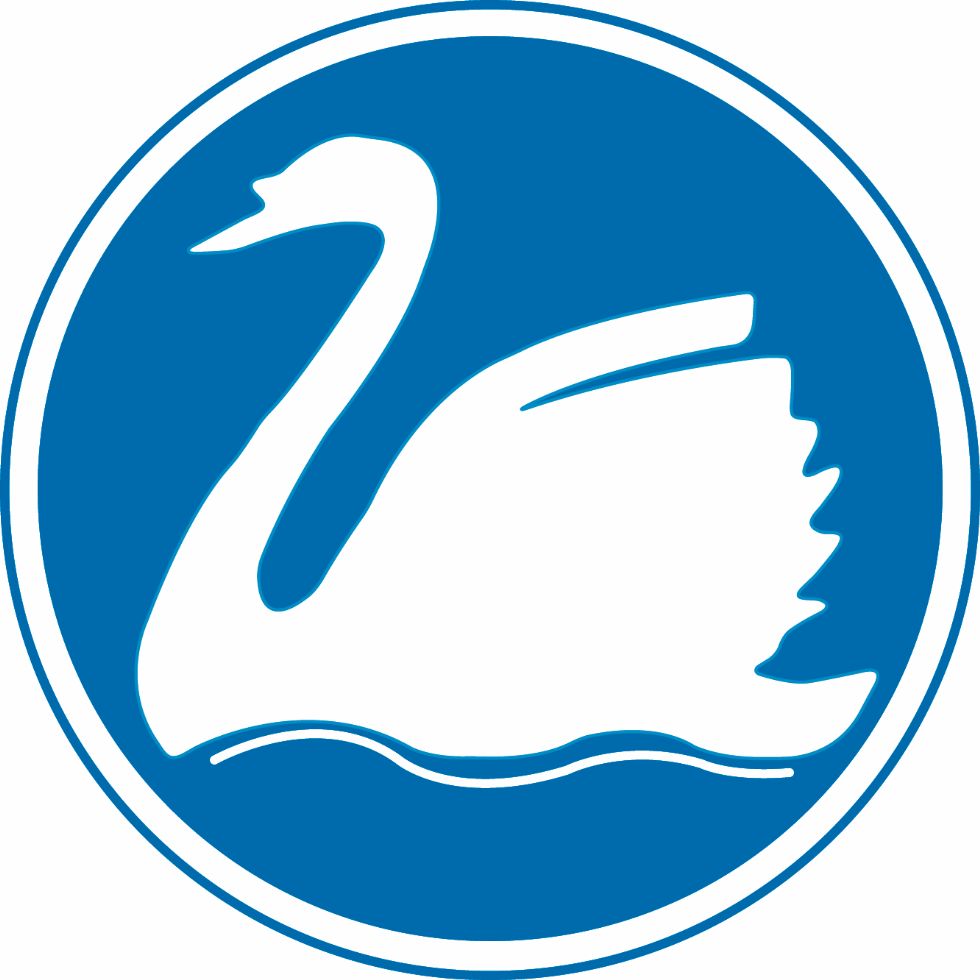Phonics

Read Write Inc Phonics at Swanmore Primary School
Learning to read is a life-long achievement and the most important thing your child will learn at our school. Everything else depends upon this skill and so at Swanmore we put as much energy into ensuring that every single child not only learns to read but learns to love reading.
The key to unlocking the mystery of the written word is phonics and we make this a high priority in the Infants. At Swanmore we use Read Write Inc phonics which is used by more than a quarter of the UK's primary schools. Phonics is simply the ability to convert a letter or letter groups into sounds that are then blended together into a word. The scheme is designed to create fluent readers, confident speakers and willing writers. Children learn to read fluently and at speed so they can focus on developing their skills in comprehension, vocabulary and spelling. Through Read Write Inc phonics children learn a simple alphabetic code followed by a more complex code. All reading books progress cumulatively, matched to the sounds children are learning and already know.
Implementation
We start the systematic teaching of phonics throughout the Early Years Foundation Stage. The children learn to recognise the shape of letters and the sound they make. This is essential for reading, but it also helps children learn to spell well. We teach the children simple ways of remembering these sounds and letters.

Children are taught to:
- say the pure sounds ('mmm' not 'muh', 'sss' not 'suh' etc. see link below to hear pure sounds) to decode letter/sound correspondences quickly and effortlessly and use their phonic knowledge and skills to see a letter, or group of letters and say the corresponding sound

- say words by sounding-blending (Fred talk) eg. m-a-t = mat, sh-o-p = shop. Children then learn to read words by saying the sounds in a word then blending them together to say the whole word.



- read ‘tricky’ (red words) on sight such as ‘come,’ ‘was,’ ‘said’ and ‘you’. These are words where one part of the word is trying to trick the children. We teach them to look at the word and spot the part that is trying to trick us.
- understand what they read
- read aloud with fluency and expression


- spell quickly and easily by segmenting the sounds in words. They use ‘Fred Fingers’ to say each of the sounds they can hear in a word before they attempt to write it.
- develop pencil control, form letters correctly and acquire good handwriting
The children practise their reading with books that are closely matched to their increasing knowledge of phonics and ‘red words’. This is so that, early on, they experience success and quickly begin to see themselves as readers. Please help your child to practise reading for at least 10 minutes every day at home. We cannot stress enough how important this is.
Phonics is taught daily to all children in Year R, Year 1 and those in Year2 who have not passed the phonics screening in Year 1 or completed the Read, Write Inc phonics programme. Our aim is for most children to be finished Read Write Inc Phonics by the end of year 1 or shortly after they start year 2. They will then start on our Read Write Inc Spelling Programme.
Progress with Phonics and the Year 1 Phonics Screen
We use various ways to find out how the children are progressing in reading. Each half term the children in Year R and Year 1 are assessed in Phonics. They are then grouped accordingly to ensure they are always being taught at the correct level to provide challenge. In class we regularly assess how fluently and accurately the children can read words. Children who are at the same reading level are grouped together for guided reading however these groups are fluid and if a child makes faster progress they are swiftly moved to a different group. Children who are not making the expected level of progress in phonics and reading will receive intervention support. We use Read Write Inc one-to-one tutoring for children from YR to Y2 who require extra phonics tuition to catch up with their peers.
In the summer term, the government requires all the Year 1 children to do a National Phonics screen. The children who require it will get extra support in order to enable them to successfully pass this screen. All the children who do not achieve the pass mark will continue to get support with their phonics in Year 2 in order to give them the best chance of achieving a pass when the retake the screen at the end of Year 2.
Children with difficulties saying some speech sounds
Many children have a few sounds that they can hear clearly but find it difficult to say, particularly the l-sound, r-sound, w-sound, th-sound, s-sound, sh-sound and j-sound. Often they say a t-sound for the c-sound; "tttssh" for the s-sound; "w" for the r-sound and "r" for the l-sound. You can help your child by encouraging him or her to look at your mouth when you say the sound. They can easily learn to read, even if they find one or two sounds difficult to say.
Click on this link to watch a video that will show you how to pronounce all sounds correctly.
http://www.ruthmiskin.com/en/resources/sound-pronunciation-guide/
Read Write Inc Progression of sounds
Set 1 Sounds Publisher
rwi wordlist set 1 PDF

Set 2 Sounds Publisher
rwi wordlist set 2 PDF

Set 3 Sounds Publisher
Read Write Inc wordlist set 3 PDF

Alternative sounds - Complex speed sound PDF

Handwriting
Letter formation chart PDF

Correct letter formation PDF

Fred Talk Games to aid blending
Fred talk games PDF
We have produced a range of videos for you to access at home to help your child practise phonics sounds.
VIDEO
